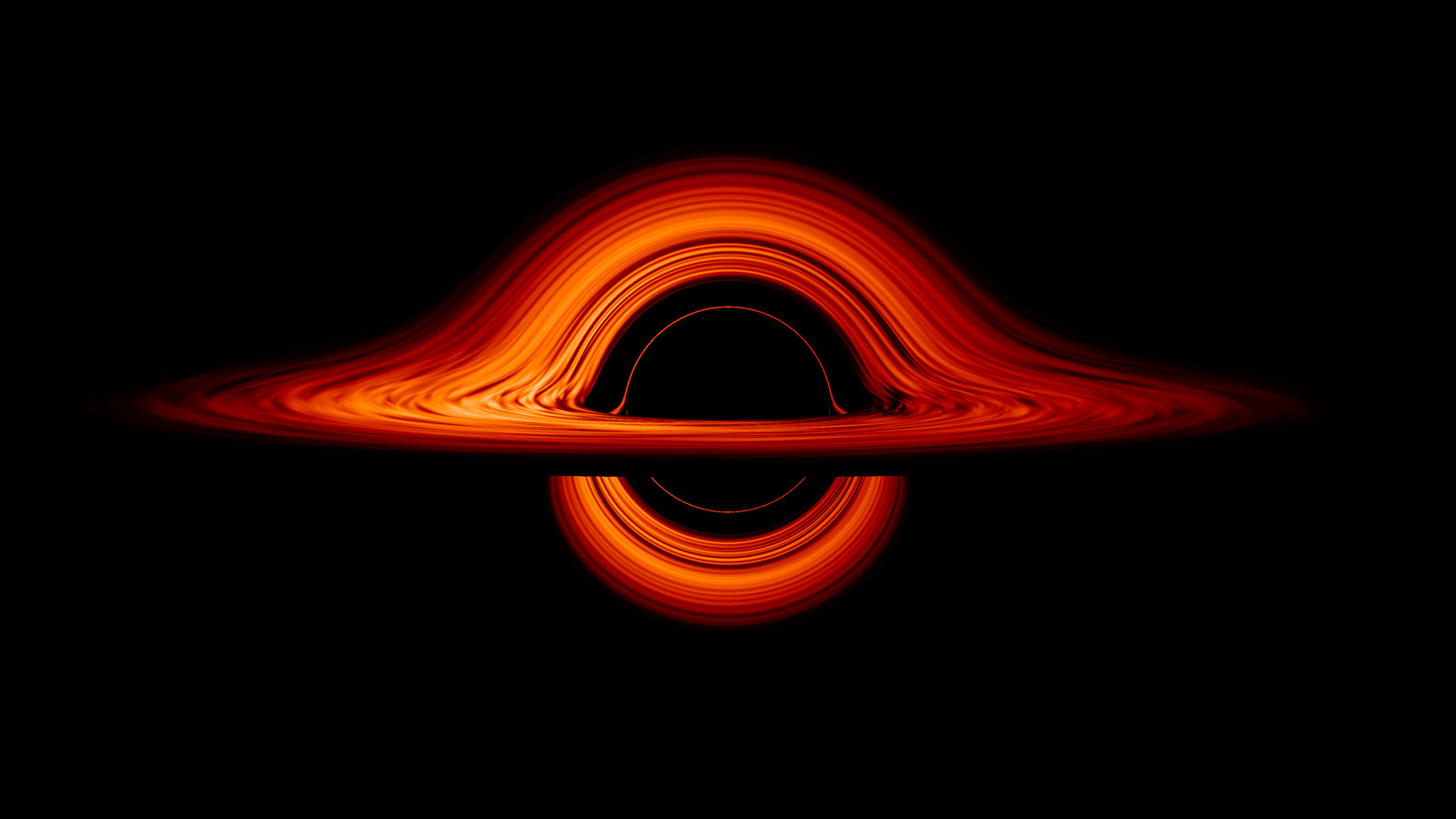New animation footage of the greatest black holes in the cosmos has just been made available by NASA. Ten supermassive black holes, including those in the Milky Way and M87, are highlighted in the film as examples of those that exist in the cosmos. The camera begins close to the Sun before gradually pulling out to contrast the black holes with different solar system landmarks. The short film, which lasts slightly over 90 seconds, takes viewers on a tour through ten black holes of varying sizes. The Goddard Space Flight Centre Conceptual Image Lab of NASA produced the animated video. The video does a fantastic job of illustrating the enormous mass and density of a supermassive black hole. The video is jaw-dropping and showcases the gargantuan size and mass of these fascinating cosmic objects.
The video showcases some of the biggest black holes in the cosmos, including those found in the Milky Way and M87. It’s difficult for us to comprehend the immense mass and density of a supermassive black hole, as is demonstrated in the movie. It is simpler to imagine the magnitude and mass of these cosmic objects after watching the video. The film was produced by the Goddard Space Flight Centre Conceptual Image Lab of NASA, which is renowned for its breathtaking space visualisations.
The video begins with the camera close to the Sun before gradually pulling out to show comparisons between the black holes and various solar system structures. The first black hole we observe is 1601+3113, which contains 100,000 Suns’ worth of matter in a dwarf galaxy. Even the black hole’s shadow is smaller than the Sun due to how tightly its substance is compacted. Sagittarius A*, which is located in the Milky Way’s centre and has the mass of 4.3 million Suns according to extensive star-tracking data, is also shown in the film. In addition, NGC 7727 has two enormous black holes, one weighing 6 million solar masses and the other more than 150 million Suns, that are spaced roughly 1,600 light-years apart.
Conclusion:
The most massive black holes in the universe are displayed in the new, jaw-dropping NASA black hole film. A supermassive black hole’s tremendous mass and density can be easily visualised in the video. The breathtaking space visualisations in the video were produced by NASA’s Goddard Space Flight Centre Conceptual Image Lab. The film emphasises the necessity for more investigation and study of these intriguing cosmic phenomena.

